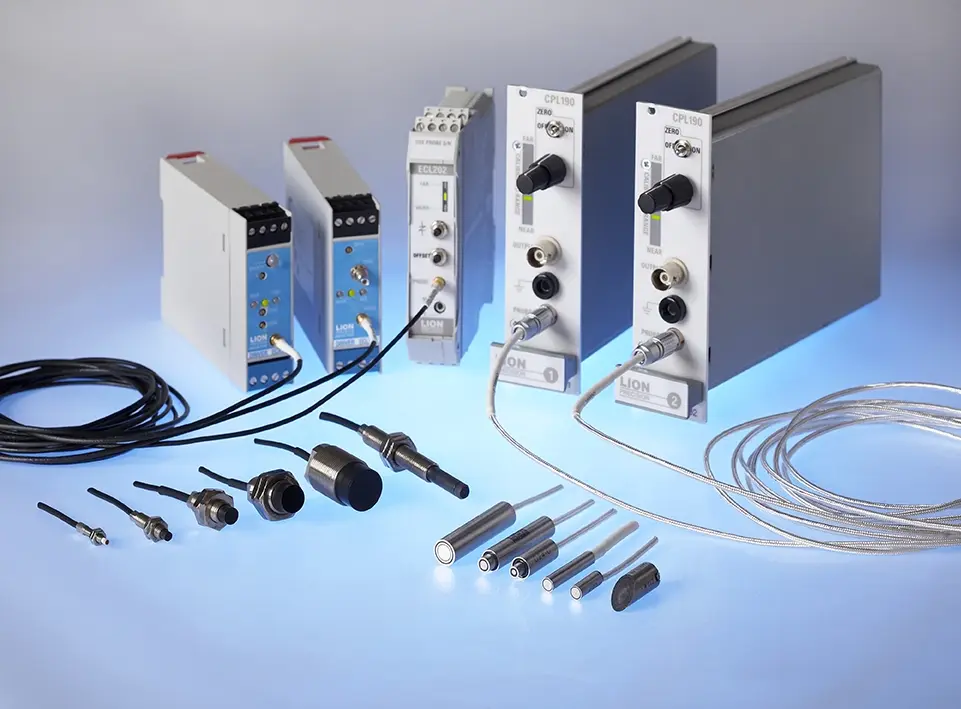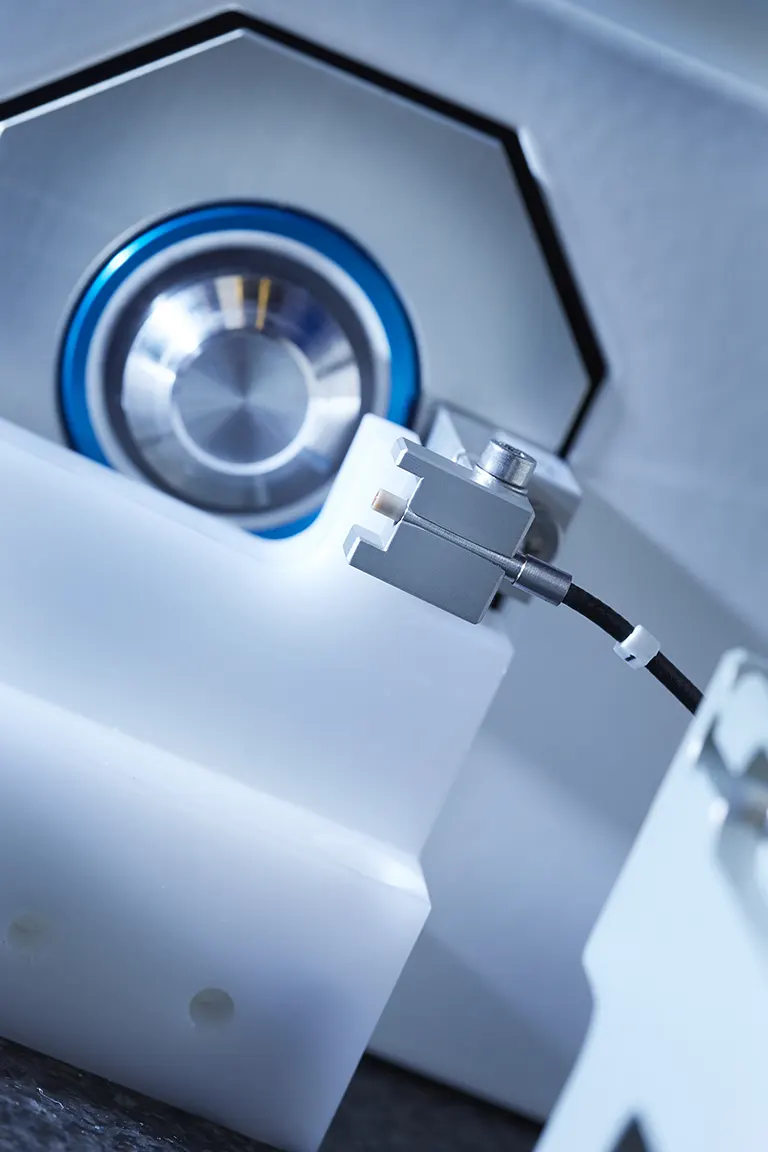- Engineering
- Measuring systems
- Machine qualification
-
Components
-
Systems
-
Learn more
-
- Expertise
- About IBS

Unmatched precision in distance, position and motion measurement, even in the dirtiest of environments.
Inductive sensors provide high resolution measurement for even the dirtiest environments. These advantages have made inductive sensors indispensable for many machine builders, production managers, or precision metrology applications.
Also know as Eddy current sensors, these sensors provide advantages including non-contact measurement, nanometer resolution and high-speed for the most challenging applications. As precision engineers, we can provide expert help and unique sensor solutions matched to your application. Whether you need to measure distance, thickness, in vacuum or wireless, to name a few requirements, we have solutions and expertise to match your needs.
Each of our inductive position or displacement measuring systems comes with a range of possible probes. System performance is determined by the selected probe. In this way the optimum solution for your requirements can be specified.

Eddy-current sensors use magnetic fields that completely surround the end of the probe. This creates a comparatively large sensing field resulting in a spot size approximately three times the probe’s sensing coil diameter.
For eddy-current sensors, the ratio of the sensing range to the sensing coil diameter is 1:3. This means that for every unit of range, the coil diameter must be three times larger. Thus a 5mm eddy-current sensor requires a 15mm target diameter. If your target must be smaller than the sensor’s spot size, special calibration may be able to compensate for the inherent measurement errors.
In some applications, the gap between the sensor and target can become contaminated by dust, liquids such as coolant, and other materials which are not part of the intended measurement. Unlike capacitive sensors, eddy-current sensors are not affected by non-conductive contaminants such as dust, water, and oil. Eddy-current probes are rated at IP67 and can even be used completely immersed in non-corrosive liquid.
